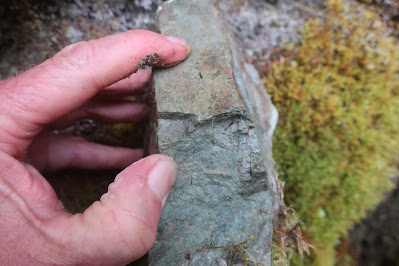Earlier this year Sweet and others(2022) updated Sweet and others (2017): Global and Regional Sea Level Rise Scenarios for the United State. Sweet and others (2017) suggested global sea level (GMSL) will rise as between 0.3 meters and 2.5 meters by 2100. Sweet and others (2022) find the high end of 2.5 m by 2100 less plausible. The bad news is that the rate of GMSL rise has been increasing and Sweet and others (2022) project that the rise in GMSL over the next 30 years will be as much as that over the past 100 years. The 2022 report notes a high level in confidence for their sea level rise scenarios over the next 30 years. Post 30 years the confidence level for sea levels is lower primarily because of uncertainty regarding some of the ice sheets in Greenland and Antarctica.
GMSL is not simple and the sea level rise is not uniform around the planet. Some places will see greater sea level rise and others less. The 2017 report included an image of global sea level rise from 1992 to 2016 derived from satellite data measurements.
Figure from Sweet and others (2017)
Global sea level has rises in an uneven manner due to currents, warm water expansion, and changes to gravity fields from more water in the oceans (the Earth's surface is flexible). The sea level also can vary due to cyclical climate patterns that move the ocean water around via wind and temperature patterns. I like to think that the ocean layer as having weather only slower and a bit less pronounced than the atmosphere. The image above also shows that on the Washington State coast the global sea level trend was near neutral for the 1992-2016 time period.For Washington State the 1993 to 2006 period the regional sea level rise was mostly neutral, but the more recent period of 2007 to 2020 shows that regional sea level on the Washington coast has increased as has the regional rates in most places around North America.






































